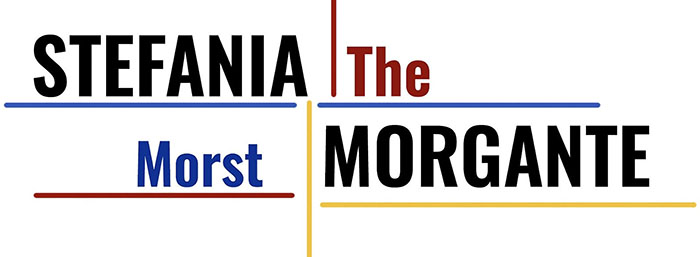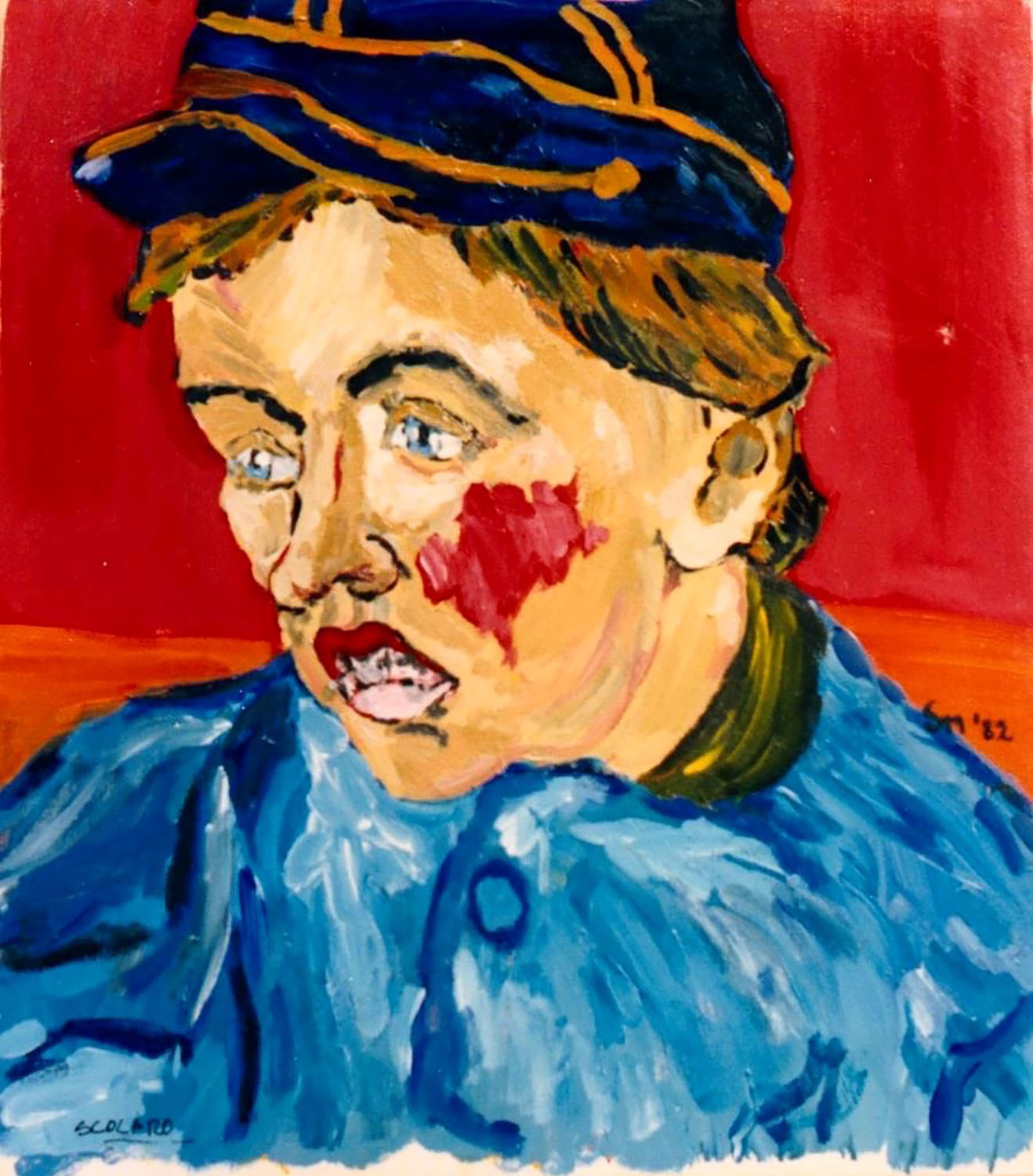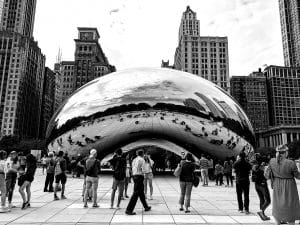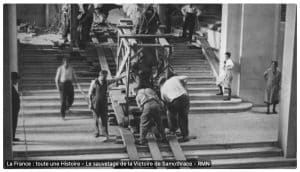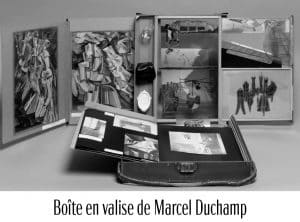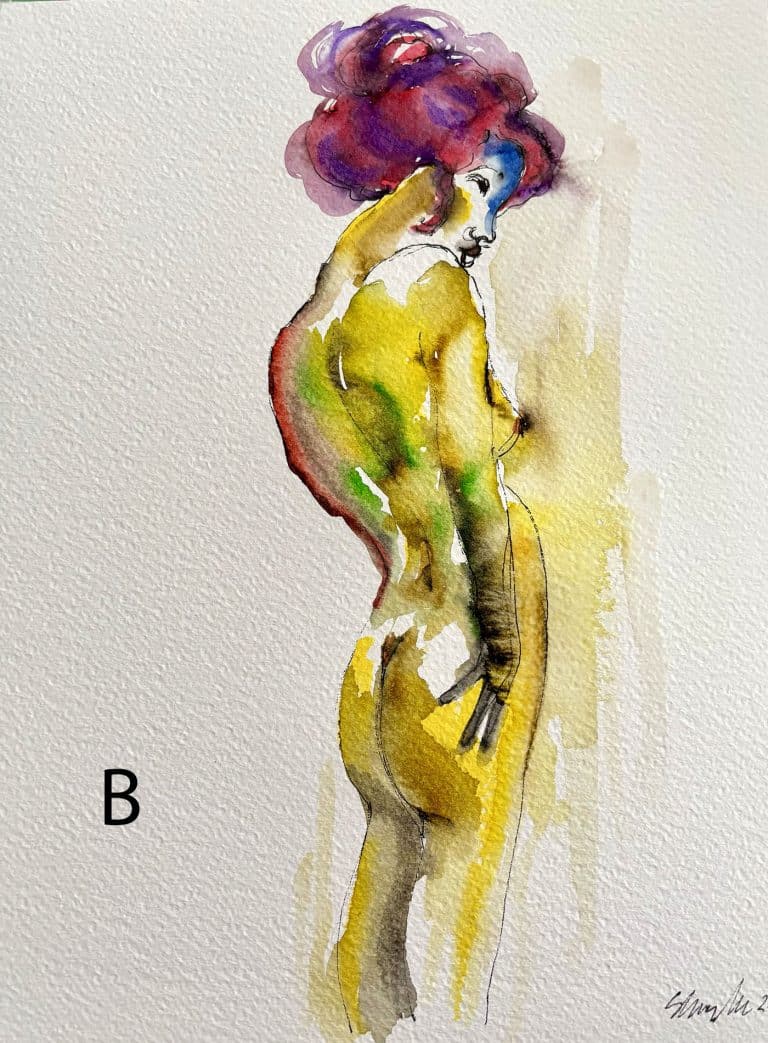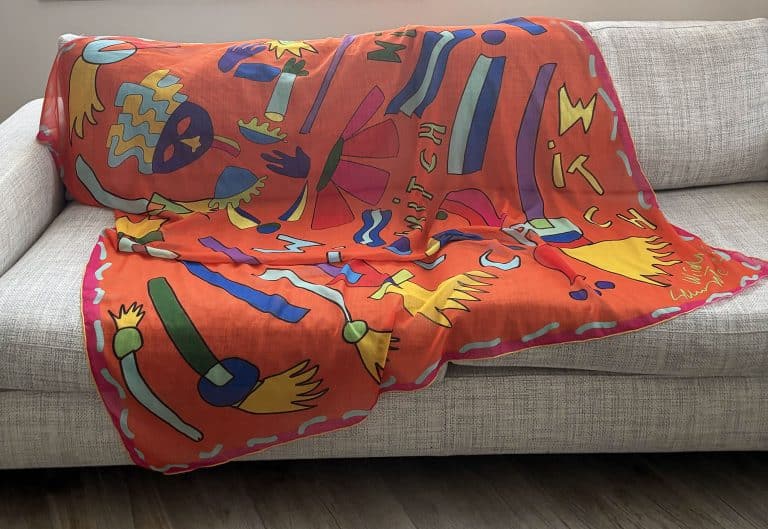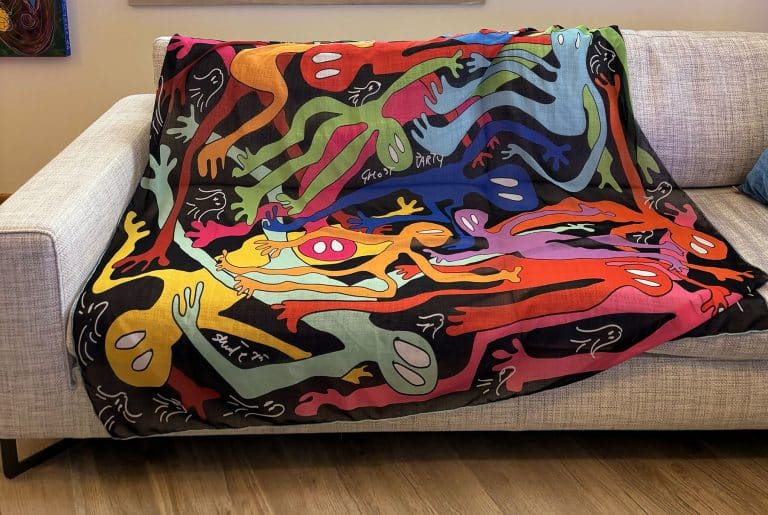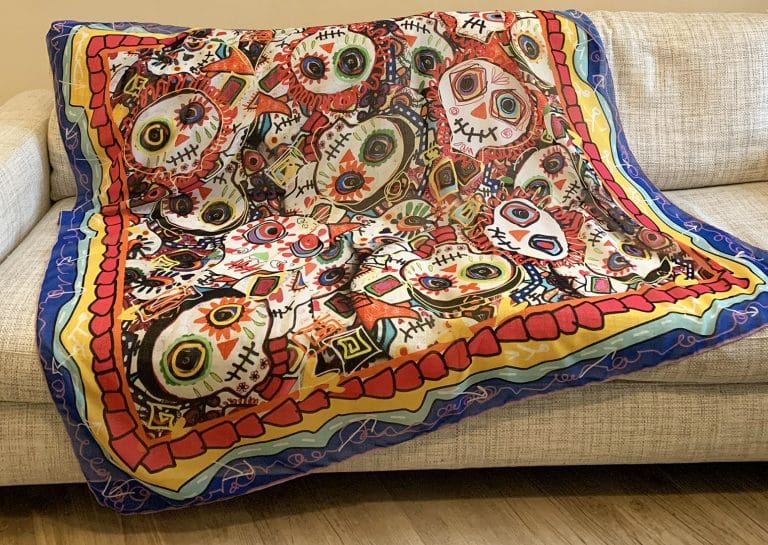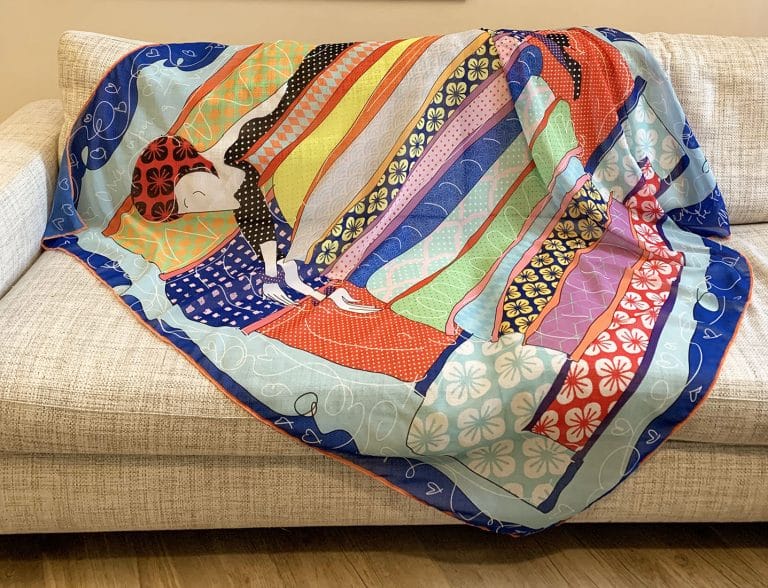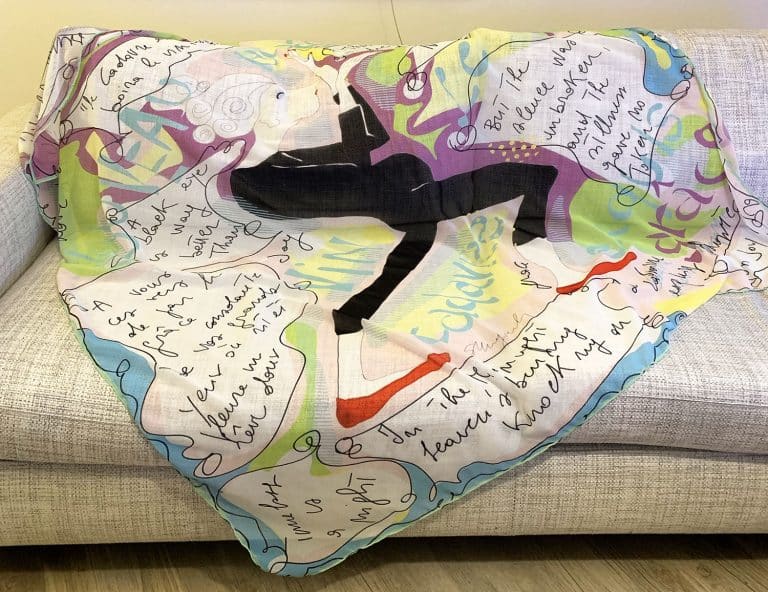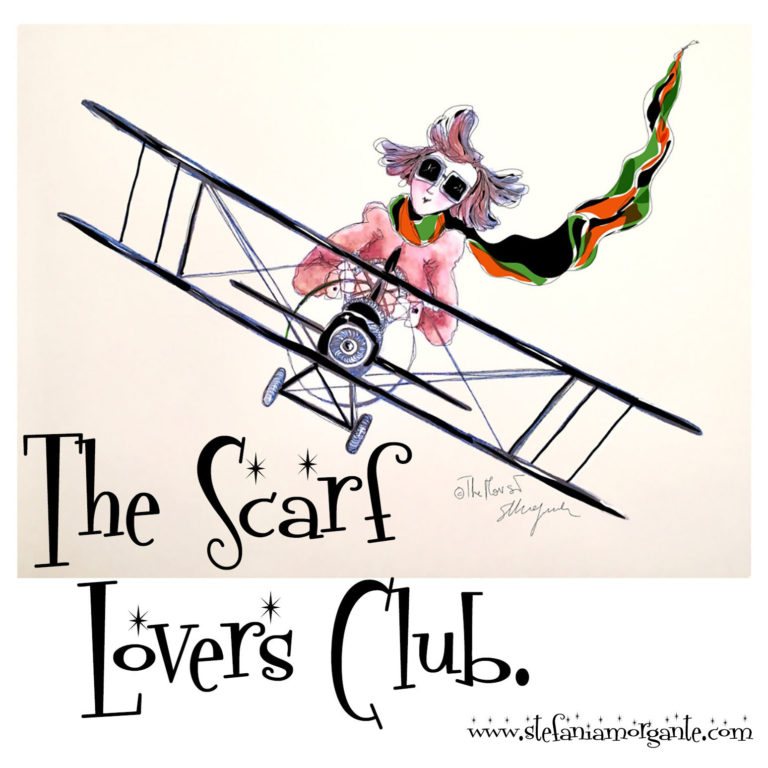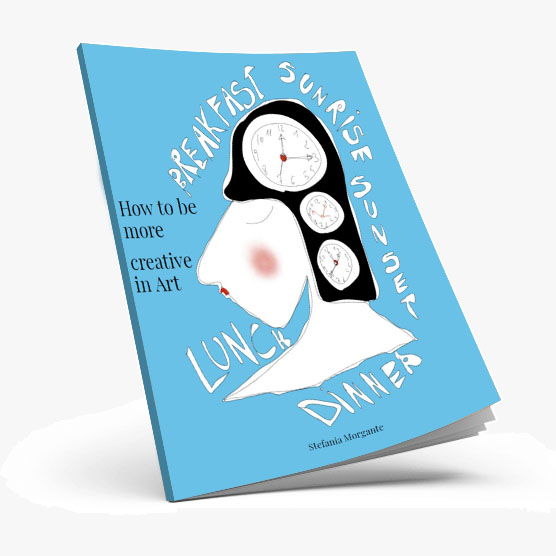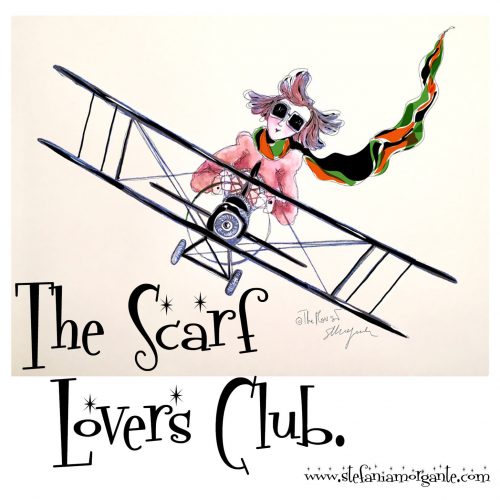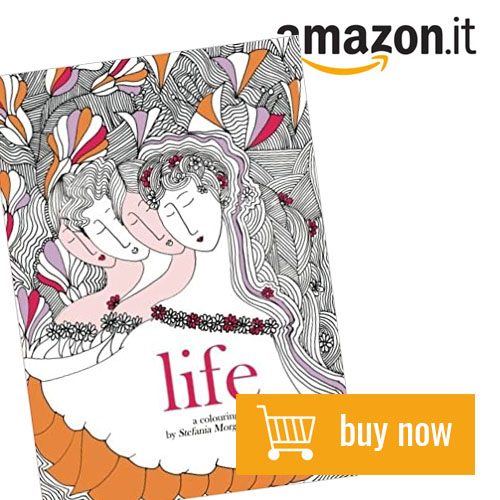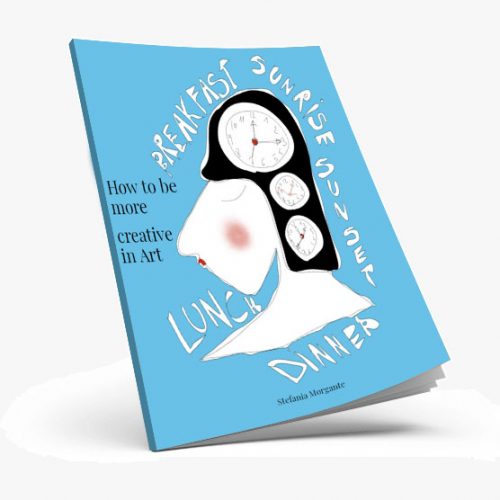Many movies have been made about Van Gogh.
Why it’s simple, the life of a lonely, impetuous, damned and prematurely dead artist animates the imagination of anyone.
To this we add that Van Gogh has never sold anything in his life and now his paintings are sold for millions of dollars. Moreover, the museum dedicated to him is famous all over the world and the gadgets sold are really many.
I myself own sheets with his painted cherry branches and I know I sleep in one of his paintings.
All this is fascinating and makes millions to anyone who owns the rights to her images.
But Van Gogh remains an elusive artist. He wasn’t crazy, he wasn’t illiterate, he simply wasn’t understood by society and by the time he lived and death itself is now in question.
It would not be suicide but murder.
Logical that the machine of cinema, television, museums, continues to feed on his genius.
Loving Vincent (Van Gogh)
A while ago I saw the beautiful animated film “Loving Vincent“.
Beautiful for its complexity of animation: it is the first film entirely painted on canvas, which has reworked over a thousand paintings for a total of 66,960 frames made by 125 international artists.
Here the plot of the film is the pretext to tell the colours and shapes of Van Gogh.
But before that, other films had been made about the artist. Van Gogh is always represented as a hero, or a loser, a suffering soul, a closed character, gruff, often almost illiterate, unable to relate to anyone, protected by his brother Theo and in a conflict of friendship with Gauguin.
It is the usual myth of the artist as great as unhappy and misfit.
At Eternity’s Gate (Van Gogh)
But days ago I was intrigued by another point of view, that of Julian Schnabel on Van Gogh.
Schnabel had made a film about him, after making another one about Basquiat. I had lost the film about Van Gogh in the cinema.
The film started from an interesting point of view. That of an artist about another artist.
Schnabel is himself a world-famous painter, as well as a director.
Perhaps the immediate reading, that is artist–artist and not just director-artist, could go deeper into Van Gogh’s themes.
By this I mean that thinking about representing an artist while painting, if you are an artist yourself, can give a different meaning to the colours on the canvas, to the light, to the drawing.
It’s a bit like accompanying the viewer inside the canvas and telling them what it means to create a painting.
It’s a bit like accompanying the viewer inside the canvas and telling what it means to create a painting.
What I mean is that a look like that can offer the viewer a vision that is closer to the reality of the craft.
Schnabel doesn’t tell the story of Van Gogh’s life, but he chooses a phase of his life and doesn’t tell it didactically, but he goes back and forth in the narrative.
It is like a stream of thought, like entering Van Gogh’s movements and thoughts.
Schnabel on the choice of the film’s subject matter, the last years of Van Gogh’s life affirms that: “it seems to me more like a film about being alive, about being in nature or society, about not being accepted in society if you have a certain temperament, about having normal relationships between people.”
Schnabel tells the artist with dry dialogues and big silences interrupted only by the sounds of nature: the wind and the rustling of leaves and grass. The colours are cold, the landscapes often gloomy.
Colours and landscapes are more the underlining of the artist’s mood, rather than the idea we have of him and his way of using colour.
Van Gogh was a shy, fragile, lonely person. And we enter the movie through the use of the subjective. The camera wobbles, as if Van Gogh was moving. The lower part of the screen is often clouded, as if it were Van Gogh’s tears or his eyesight clouded by absinthe.
Somehow, we get inside Van Gogh, the director makes us participate as if we were incide the narrative.
Wonderful in my opinion, the use of the handheld camera wobbling as if we were running through the fields with Van Gogh.
We are Van Gogh, we see with the blurs of Van Gogh’s sweat, heat, emotion.
Intense in my opinion the moment when in the cold of the room, Van Gogh takes off the shabby boots and shows us the misery of broken shoes and socks.
Just the sound of the wind, the feeling of frost and loneliness.
No words, not even off-screen. The human silence that becomes the artist’s thought.
Van Gogh takes his boots and places them on the ground, posing them.
He takes a canvas, puts it on the easel and begins to draw.
The boots become a work of art and we witness the artistic miracle: offering us a point of view of form, composition, beauty, that without the painting we would not even see.
Art teaches us to look at the beauty of the world, its tragedy. It stops in an instant a thought or an emotion and completely changes the obviousness of our looking.
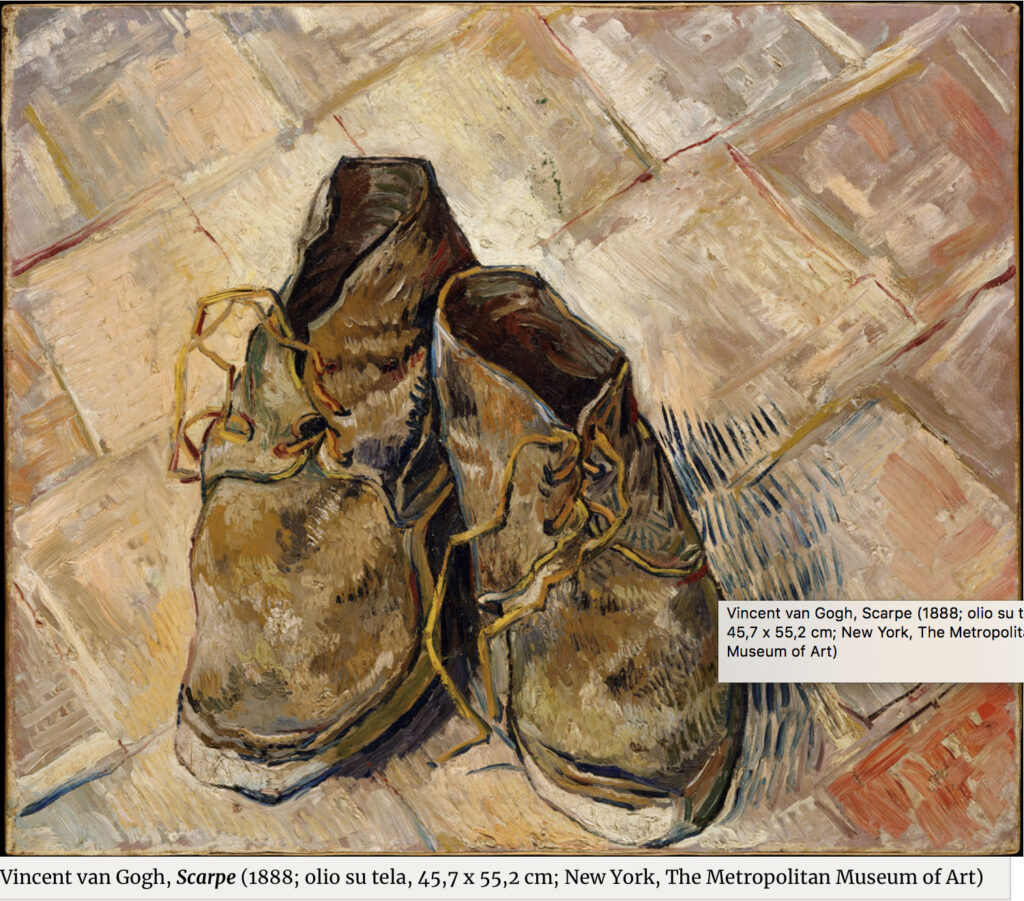
It is an innovative point of view, which is part of history. The narrative has a discontinuous flow, tells moods, goes back and forth without worrying about narrating with the logic we are used to.
Schnabel uses cinema as Van Gogh used to use the brush. The long contemplative moments are a clarification of the artist’s technique, who immersed himself in nature and then painted it in a flash. Gauguin accuses Van Gogh in the movie of being too direct and immediate in painting.
But his immediacy is to capture the essence of the object or the soul of the painted character. It is almost a hunger for life that is consumed in creating.
There is nothing further in the conception of art between the two: Van Gogh and Gauguin, even though they were friends for a short time.
Both, however, will have no followers and will remain firm in their style and recognizable to the point that any artist who wants to pay homage to them will always be a bad copy of the original.
When I was 15 years old, madly in love with Van Gogh, I drew and painted a schoolboy myself.
I still own it and never wanted to sell it. I mounted the canvas on the frame, I passed over the imprint but I didn’t use oil paints, too expensive for my 15 years. I used acrylic.
But never mind that, I didn’t want to copy it but to study it, somehow get into its state of mind.
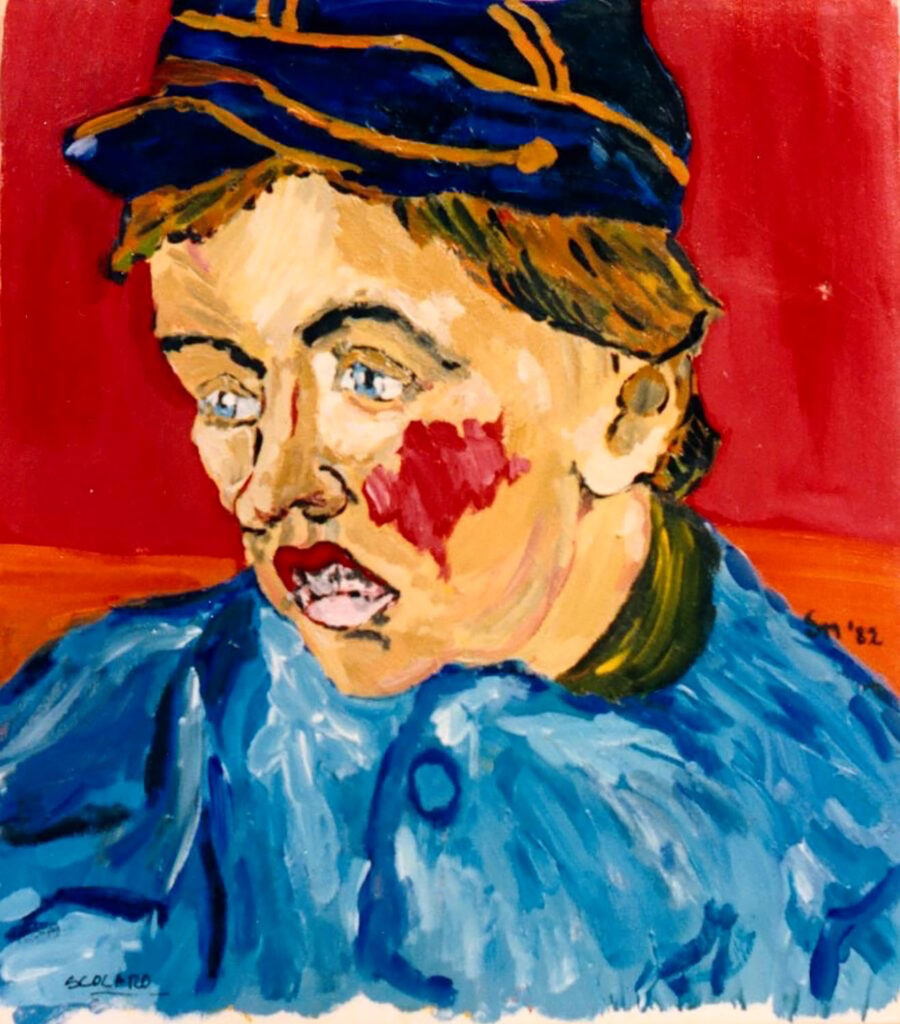
Maybe my 15-year-olds understood Van Gogh’s inner turmoil better. Or maybe my teens were trying to figure out how to grow up through his brushstrokes.
The fact remains that at the moment it is Schnabel’s film that I think is closest to Van Gogh’s artistic essence and that makes me think better of his creative process and moods.
If you have seen it, I would very much like to know your point of view. Maybe our love for Van Gogh will be enriched with new nuances.
If you are Italian and want to read the text in your language, click HERE.
